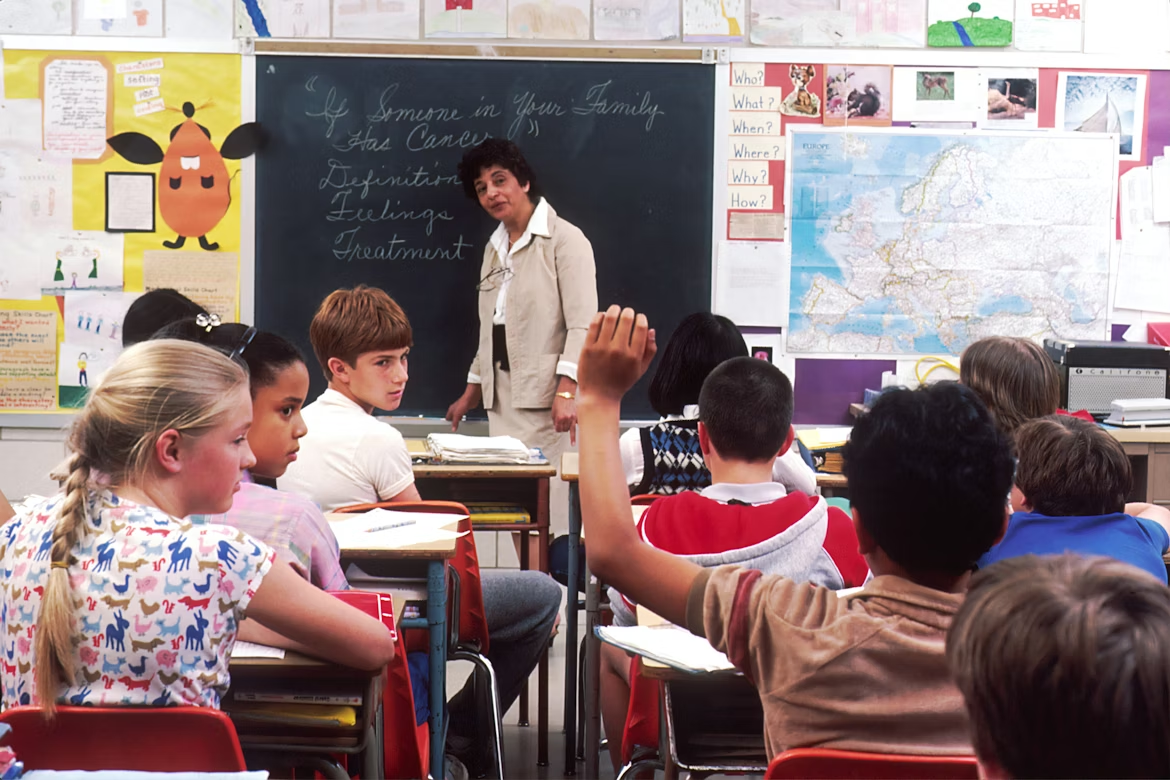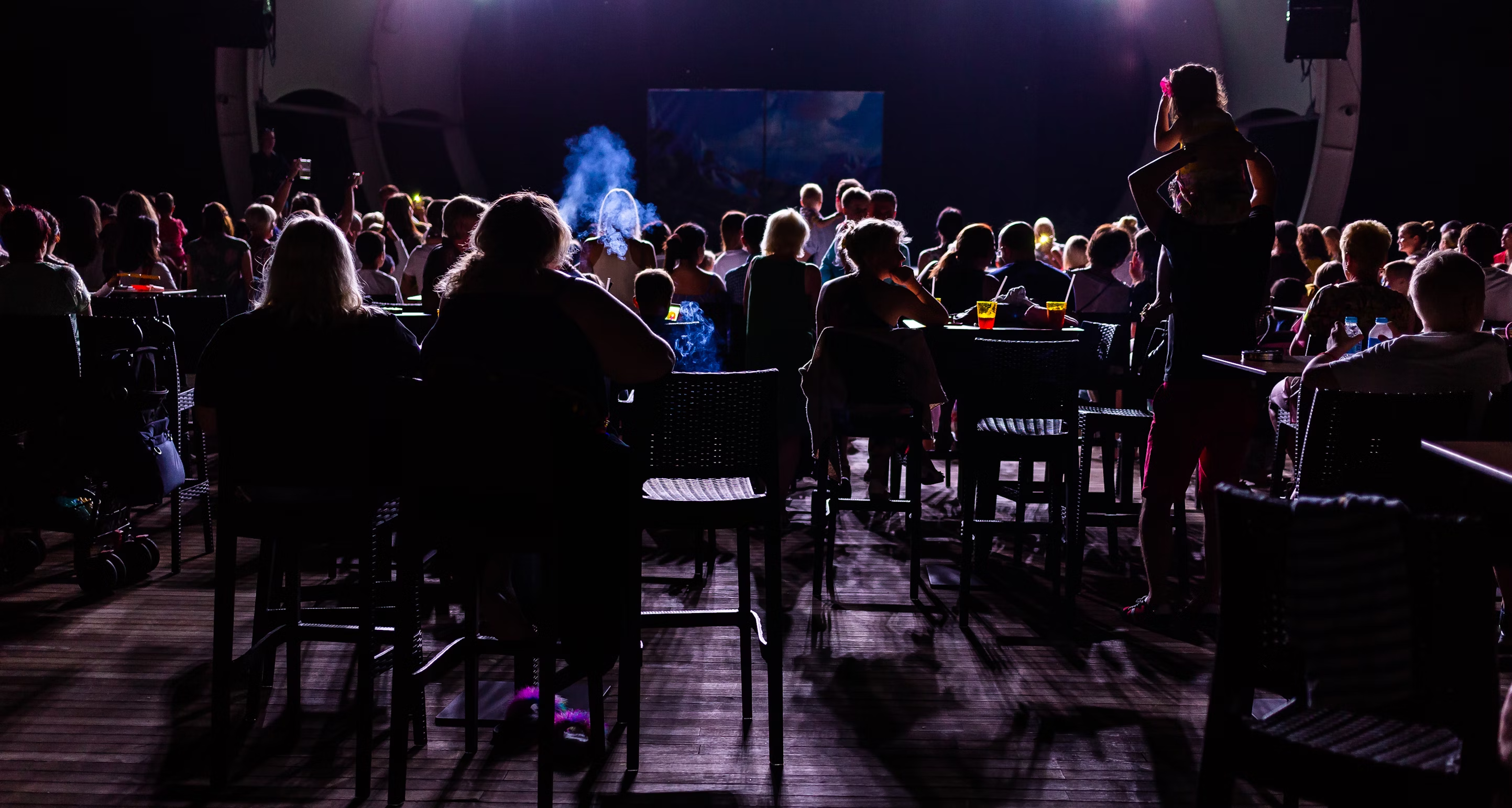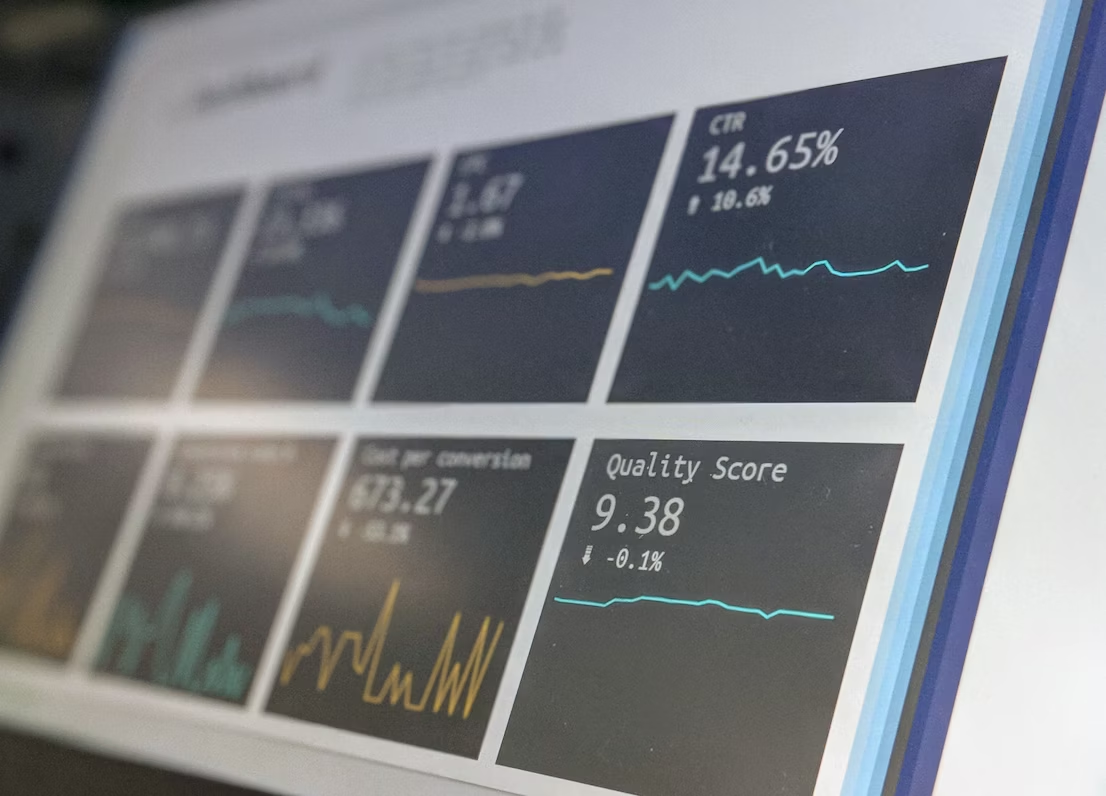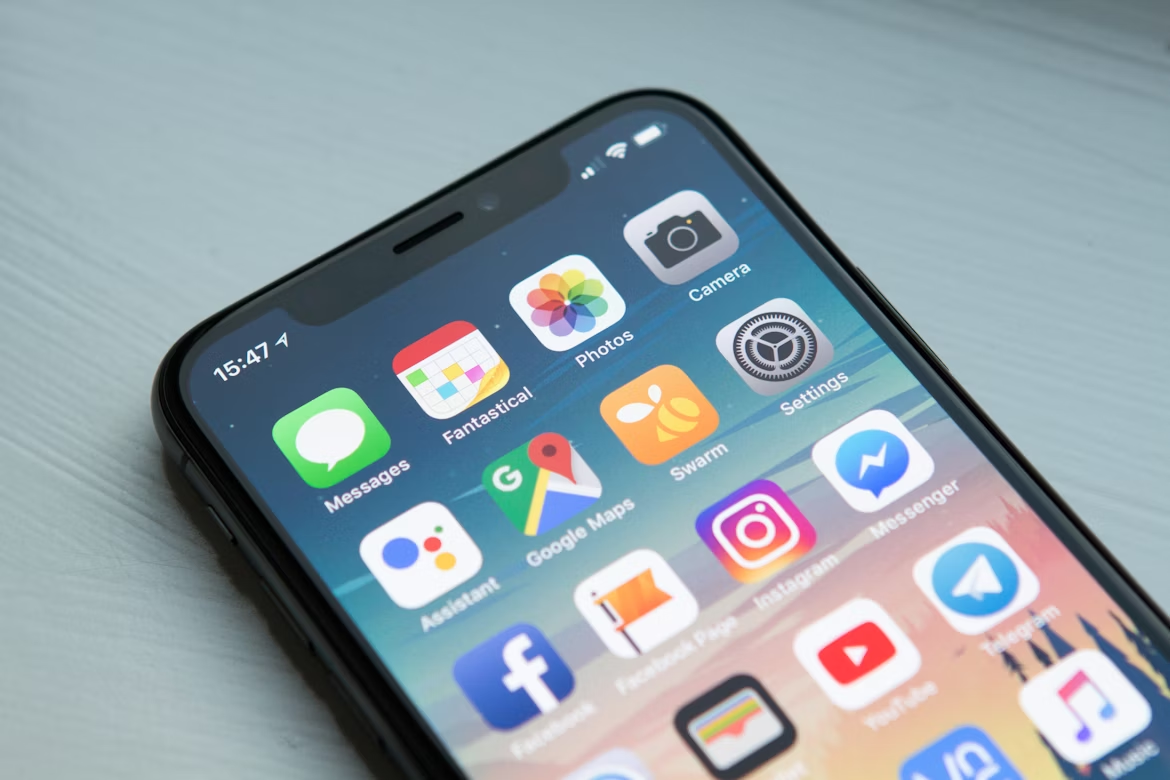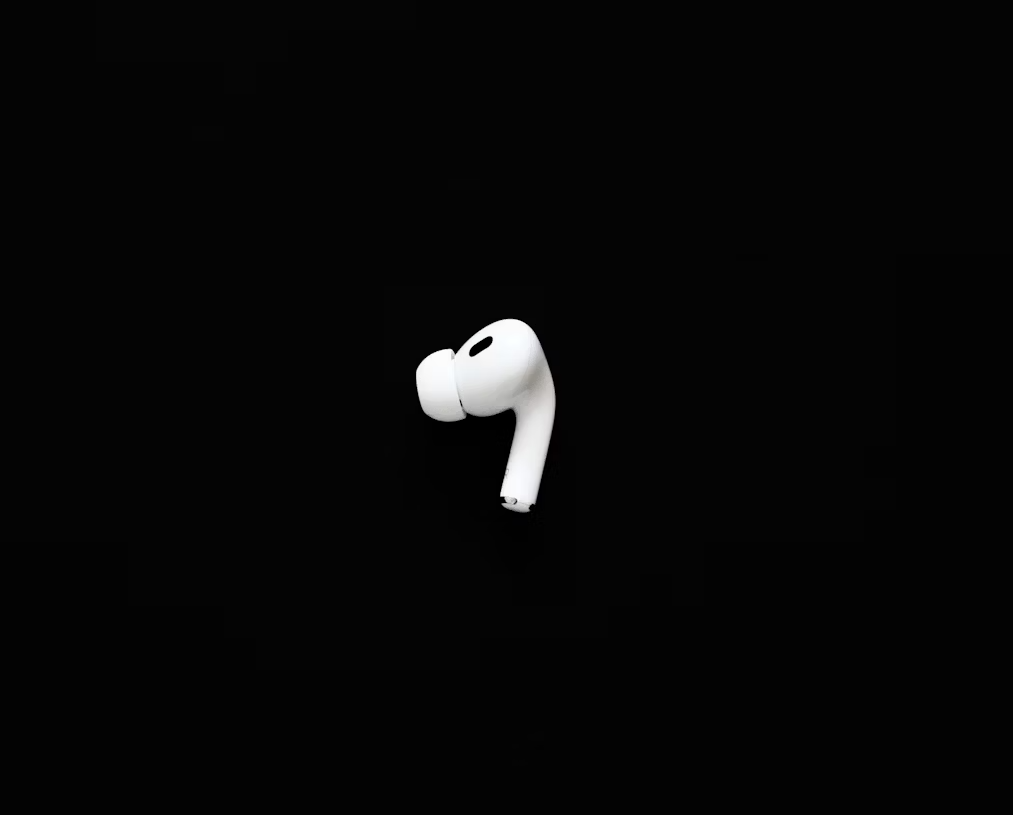The technology used for theater captioning primarily involves the use of open captions and live subtitling. Open captions refer to the text that is displayed on a screen or projected onto a surface for all audience members to see. This is particularly beneficial for individuals who are hard of hearing or deaf, as it allows them to read the dialogue and fully understand the performance.
Live subtitling, on the other hand, involves the real-time transcription of spoken dialogue into text form. This can be done manually by trained professionals called captioners, who listen to the performance and type out the dialogue as it is being spoken. The captions are then projected onto a screen or displayed on a device that can be easily read by the audience members.
There are also automated captioning systems available that use speech recognition technology to transcribe spoken dialogue into text. While these systems can be efficient and cost-effective, they may not always be as accurate as manual captioning.
In addition to open captions and live subtitling, there are other assistive listening technologies that can enhance accessibility for patrons who are hard of hearing or deaf. These include devices such as personal FM systems, infrared systems, and loop systems, which transmit audio directly to hearing aids or cochlear implants.
It's important for theatrical directors and producers to prioritize accessibility and performances are inclusive for all audience members. By utilizing technology such as open captions and live subtitling, the theater can ensure that individuals who are hard of hearing or deaf can fully engage with and enjoy the performance.
Advancements in speech recognition technology have made it easier and more efficient for theatrical directors and producers to create and edit subtitles for their performances. This technology allows for real-time transcription of spoken dialogue, either manually by trained captioners or through automated captioning systems.
Manual captioning involves trained professionals listening to the performance and typing out the dialogue as it is being spoken. This ensures accuracy and allows for adjustments to be made in real-time. The captions are then projected onto a screen or displayed on a device for the audience members to read.
Automated captioning systems use speech recognition technology to transcribe spoken dialogue into text. While these systems can be efficient and cost-effective, they may not always be as accurate as manual captioning. It's important for theatrical directors and producers to consider the level of accuracy required for their specific performance.
In addition to open captions and live subtitling, there are other assistive listening technologies available to enhance accessibility for patrons who are hard of hearing or deaf. Personal FM systems, infrared systems, and loop systems transmit audio directly to hearing aids or cochlear implants, providing a more immersive experience for individuals with hearing impairments.
By prioritizing accessibility and utilizing technology such as open captions and live subtitling, theatrical directors and producers can ensure that their performances are inclusive for all audience members. It's important to consider the needs of individuals who are hard ofhearing or deaf and provide them with the necessary tools to fully engage with and enjoy the performance.
Open captions and live subtitling are effective ways to provide accessibility for individuals who are hard of hearing or deaf. These methods involve displaying the dialogue of the performance in real-time, either on a screen or on a device, allowing audience members to read along as the dialogue is being spoken. This ensures that individuals who may have difficulty hearing or understanding spoken words can still follow the story and fully participate in the performance.
Advancements in speech recognition technology have made it easier and more efficient for theatrical directors and producers to create and edit subtitles for their performances. Manual captioning involves trained professionals listening to the performance and typing out the dialogue as it is being spoken. This ensures accuracy and allows for adjustments to be made in real-time. On the other hand, automated captioning systems use speech recognition technology to transcribe spoken dialogue into text. While these systems can be efficient and cost-effective, they may not always be as accurate as manual captioning. Therefore, it's important for theatrical directors and producers to carefully consider the level of accuracy required for their specific performance and choose the appropriate captioning method accordingly.



